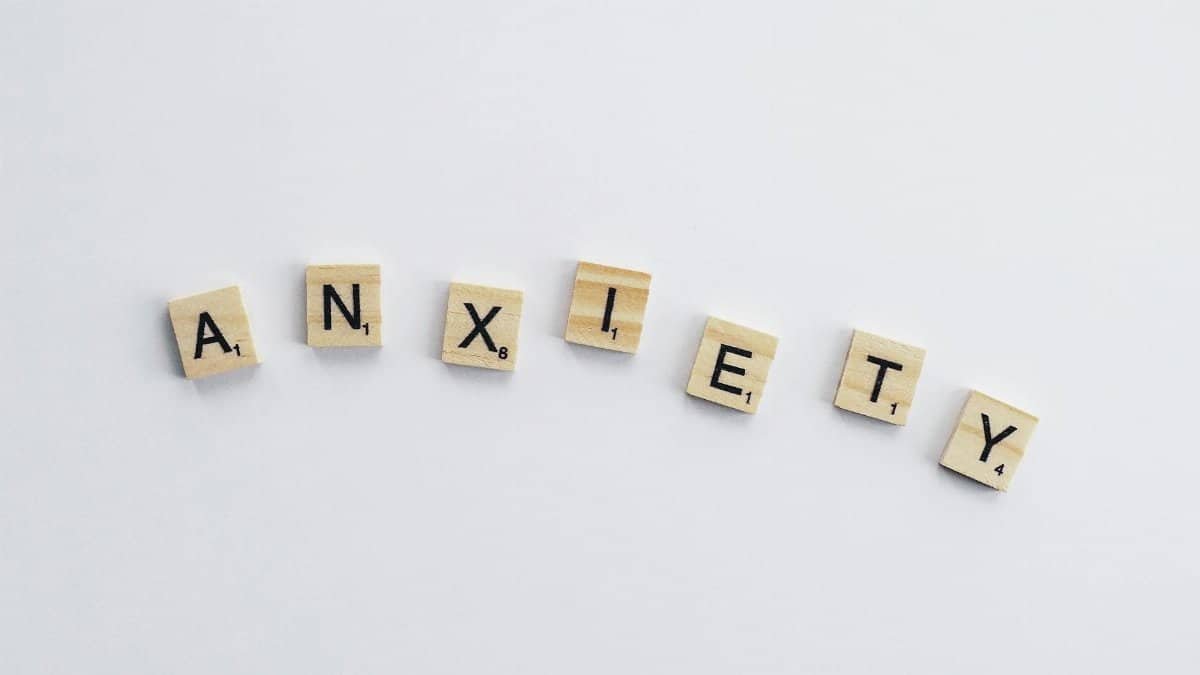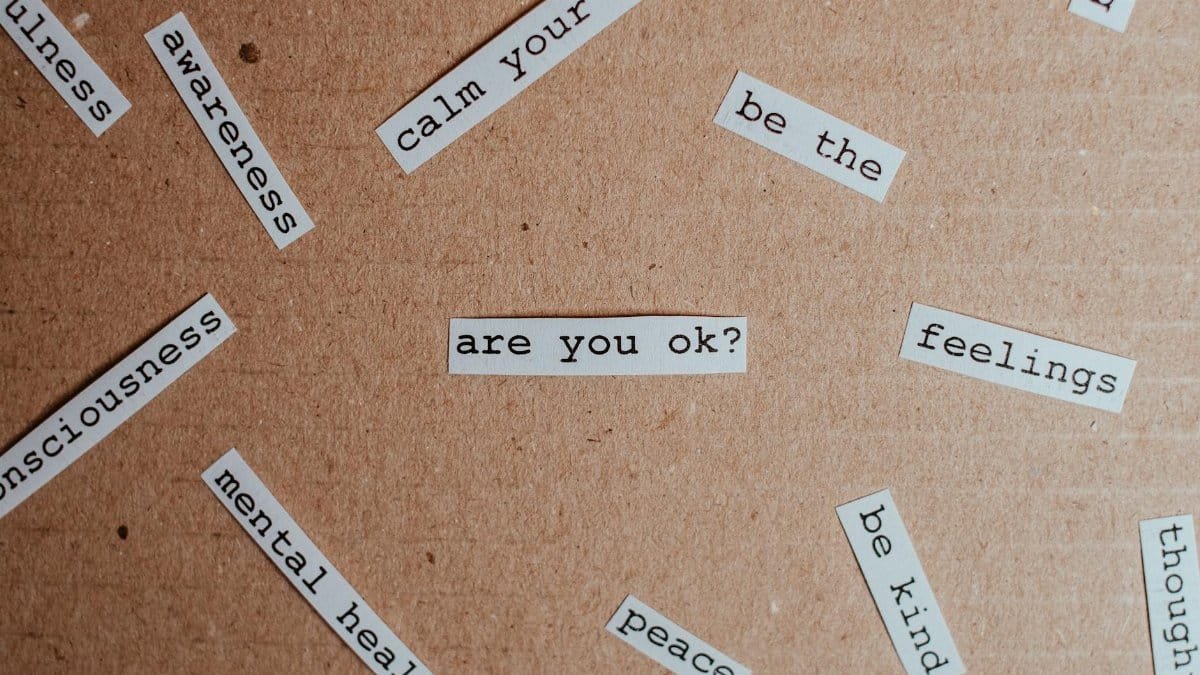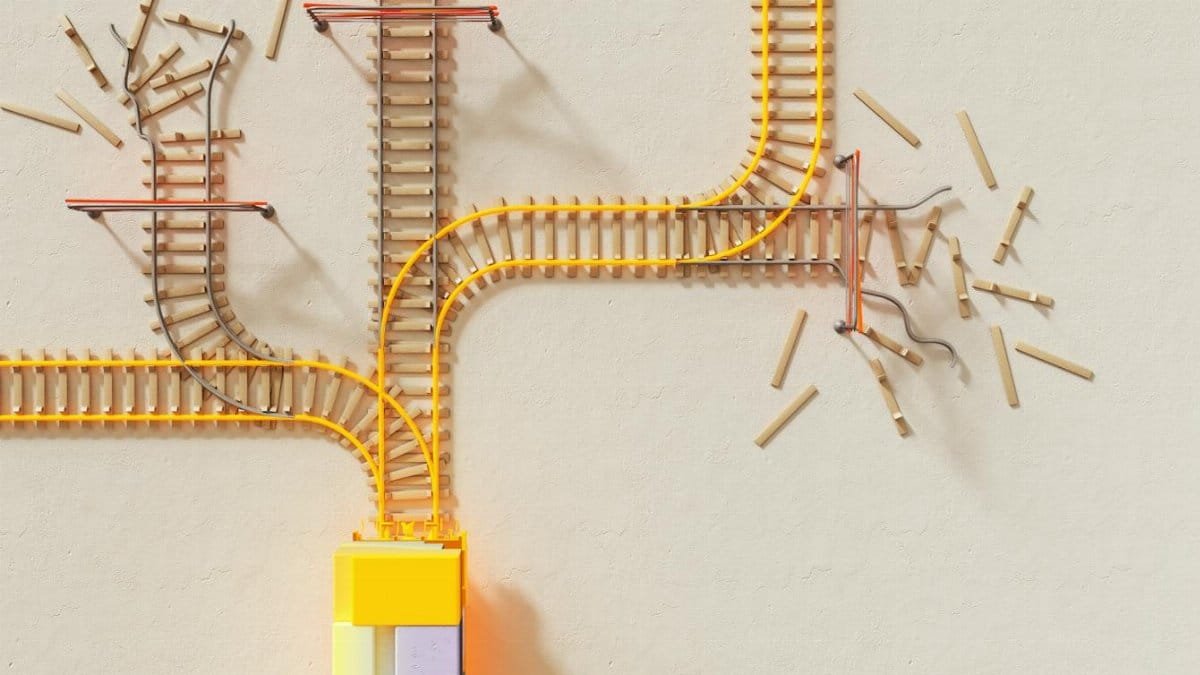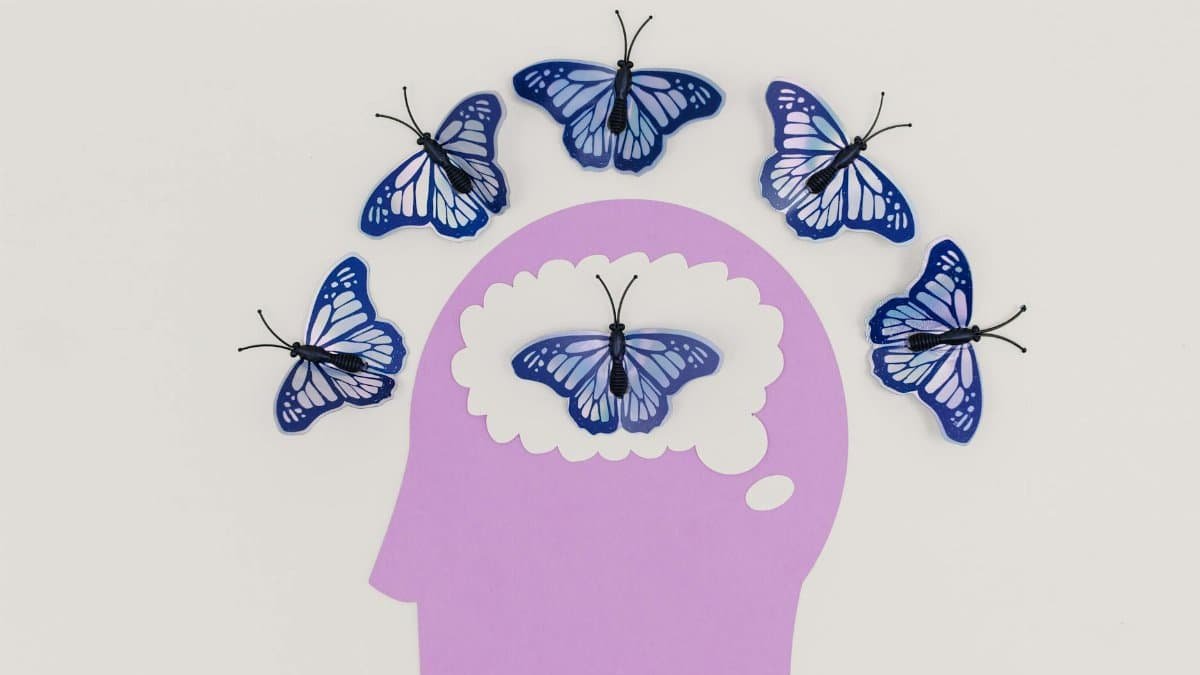In a world where stress seems baked into daily life, a surprising statistic stands out. According to a 2023 survey by the American Psychological Association, nearly 77% of adults report experiencing stress that impacts their physical health. That’s a jump from previous years. Yet amid this tension, more people are turning to breathwork. This practice, centered on intentional breathing, promises to rewire the brain for calm. It taps into the essence of breathing | oxygen | clarity, where controlled inhales and exhales boost oxygen flow, sharpening focus and easing anxiety. In places like Indianapolis, where urban hustle meets Midwestern practicality, folks are discovering these techniques through local wellness centers. They’re not just breathing; they’re transforming how their minds handle chaos. As we delve into 13 ways this happens, it’s clear breathwork isn’t a fad. It’s a tool for real change in 2025.
1. Enhancing Neuroplasticity Through Rhythmic Patterns

Breathwork starts with rhythm. Deep, slow breaths create patterns that signal the brain to adapt. Scientists call this neuroplasticity, the brain’s ability to form new connections. When you practice techniques like box breathing—inhale for four counts, hold, exhale, repeat—the brain rewires pathways linked to stress response. It’s like updating old software. A study from Harvard Medical School showed that consistent breathwork increases gray matter in areas tied to emotional regulation. One Indianapolis resident, let’s call her Sarah, described it in an online forum as feeling like “unclogging a foggy pipe,” where each session brought sharper thoughts. This isn’t magic; it’s biology at work, fostering calm over time.
But it’s not always straightforward. Some days, the rhythm feels forced, highlighting how our modern lives disrupt natural breathing. Still, persistence pays off, leading to lasting changes.
2. Activating the Parasympathetic Nervous System

Imagine your body as a car with two pedals: one for gas, one for brakes. Breathwork presses the brakes. By engaging the parasympathetic nervous system, it shifts from fight-or-flight to rest-and-digest mode. Diaphragmatic breathing, for instance, slows heart rate and lowers cortisol. Research from the National Institutes of Health confirms this, linking deep breathing to reduced anxiety symptoms. In bustling cities, this offers a quick reset. A group of office workers in downtown Indianapolis tried it during lunch breaks, reporting clearer heads by afternoon.
The transition isn’t instant. It builds, layer by layer, as oxygen floods the system, promoting that sought-after clarity.
3. Boosting Oxygen Saturation for Cognitive Clarity

Oxygen is the brain’s fuel. Breathwork optimizes its delivery, enhancing mental sharpness. Techniques like alternate nostril breathing increase blood oxygen levels, which studies show improve focus and decision-making. The American Psychological Association highlights how better oxygenation combats brain fog. Picture a foggy morning in the Midwest clearing up— that’s the effect. Users often share stories of sudden insights during sessions, tying back to breathing | oxygen | clarity.
Yet, not everyone starts at the same level. Those with respiratory issues might need guidance, but the rewards are universal.
4. Reducing Amygdala Overactivity

The amygdala acts like an alarm system, often overfiring in stress. Breathwork dials it down. Prolonged exhales calm this region, as evidenced by MRI scans in mindfulness research. A report from the UCLA Newsroom details how such practices shrink amygdala size over time. In everyday terms, it’s like turning down the volume on panic. One anonymous account online noted, “My worries used to scream; now they whisper.”
This rewiring fosters a quieter mind, essential in 2025’s noisy world.
5. Improving Sleep Patterns via Calming Signals

Nighttime restlessness plagues many. Breathwork sends signals for deeper sleep by regulating the autonomic nervous system. Practices before bed, like 4-7-8 breathing, prepare the brain for rest. The National Sleep Foundation’s data supports this, showing improved sleep quality. In Indianapolis winters, when days shorten, this becomes a lifeline. A local teacher incorporated it, waking with renewed energy.
Sleep isn’t just recovery; it’s when the brain consolidates calm, weaving in oxygen’s role for morning clarity.
6. Fostering Emotional Regulation

Emotions can hijack the day. Breathwork builds a buffer. By focusing on inhales, it activates prefrontal cortex areas for better control. Yale University’s research links this to lower impulsivity. It’s practical: during a heated meeting, a few breaths restore poise. Stories from community workshops illustrate this shift, emphasizing breathing | oxygen | clarity as key.
Challenges arise when old habits resurface, but consistent practice strengthens this neural pathway.
7. Enhancing Focus and Attention Span

Distractions abound in digital life. Breathwork counters by training sustained attention. Mindful breathing increases alpha waves, per EEG studies from the Centers for Disease Control and Prevention —wait, more precisely, related mindfulness reports. Actually, a stable link: NIH on Mindfulness and Attention. Users report longer concentration periods, vital for productivity.
It’s a gradual build, turning scattered thoughts into focused streams.
8. Alleviating Symptoms of Anxiety Disorders

Anxiety grips tightly. Breathwork loosens it by interrupting panic cycles. Clinical trials show reductions in generalized anxiety. The Mayo Clinic endorses it as a complementary tool. In group settings, participants share breakthroughs, like one who said, “Breaths became my anchor.”
Integration with therapy amplifies effects, highlighting oxygen’s clarifying power.
9. Supporting Memory Consolidation

Memories solidify during calm states. Breathwork aids this by reducing interference. Studies indicate better recall post-breathing exercises. From students cramming to elders reminiscing, it helps. A Midwestern retiree found it sharpened daily recollections.
This isn’t about perfection; it’s incremental gains through consistent effort.
10. Promoting Resilience Against Stressors

Life throws curves. Breathwork builds resilience by strengthening neural networks. Research from Stanford shows adaptive responses improve with practice. In 2025, amid economic shifts, this matters. Online shares reveal how it turns overwhelm into manageable waves.
Resilience grows quietly, fueled by breathing | oxygen | clarity.
11. Encouraging Mindful Awareness

Awareness starts with the breath. It grounds you in the present, rewiring for calm observation. The Greater Good Science Center at UC Berkeley backs this with data on mindfulness benefits. Everyday applications abound, from parenting to commuting.
Tensions exist—distractions pull away—but returning to breath rebuilds the habit.
12. Balancing Hormonal Responses

Hormones fluctuate wildly. Breathwork stabilizes them, lowering adrenaline spikes. Endocrine studies link it to balanced cortisol. For middle-aged readers facing midlife changes, this is gold. A brief anecdote: a father in his 50s used it to navigate family stress, finding equilibrium.
Balance isn’t static; it’s a dance with oxygen at the core.
13. Cultivating Long-Term Brain Health

Finally, breathwork invests in the future. It may delay cognitive decline, per longitudinal studies. The Alzheimer’s Association notes potential protective effects. As we age in places like Indianapolis, incorporating it daily ensures ongoing calm. It’s a commitment to breathing | oxygen | clarity, rewiring for a lifetime of serenity.
Reflecting on these ways, breathwork emerges as more than technique—it’s a pathway to inner peace.
